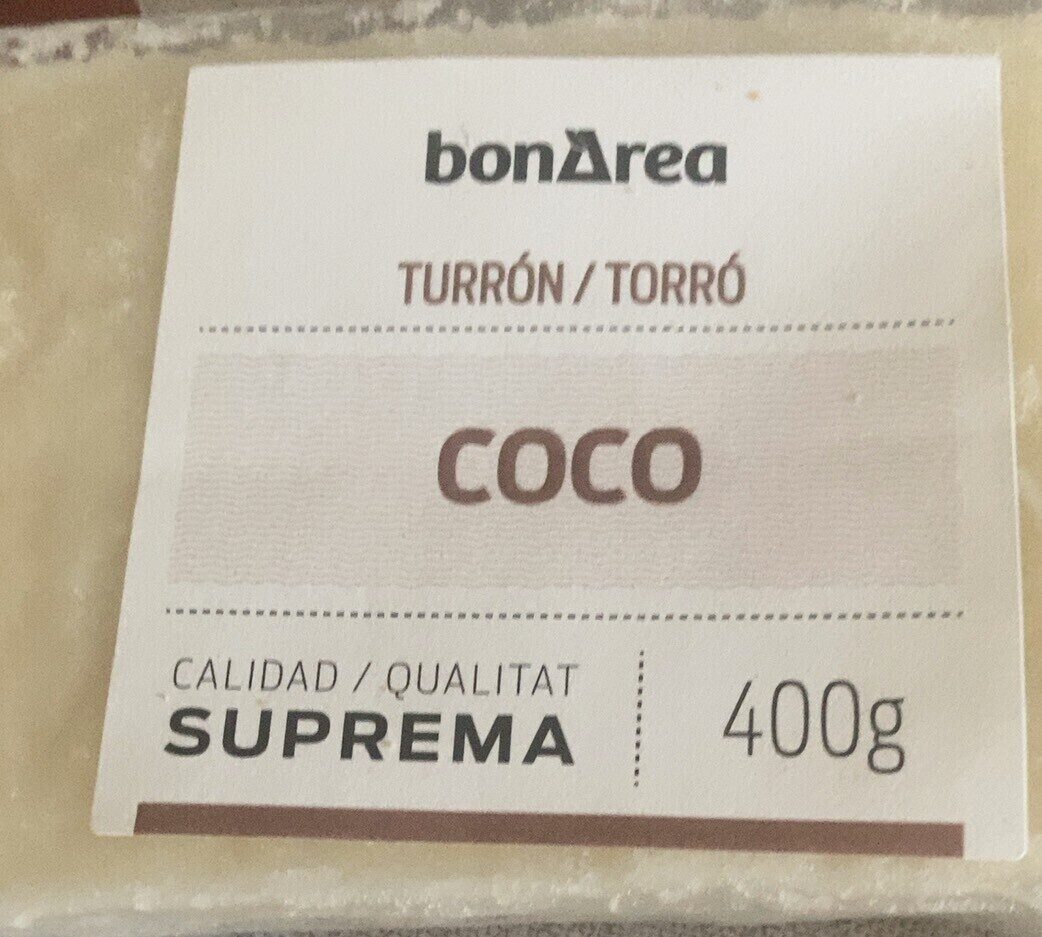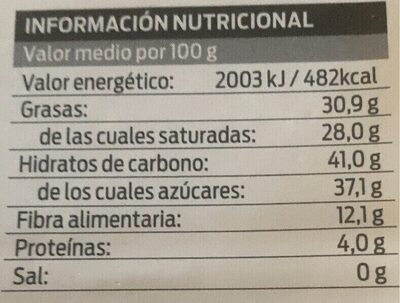Torró Coco - José Garrigos - 400 g
Aquesta pàgina del producte no està completa. Podeu ajudar a completar-la editant-la i afegint-hi més dades a partir de les fotos ja disponibles, o fent-ne més amb l'aplicació de androide o iPhone / iPad. Gràcies!
×
Codi de barres: 8413585022435 (EAN / EAN-13)
Quantitat: 400 g
Empaquetament: Plàstic, en:Bag
Marques: José Garrigos
Categories: Snacks, Aperitius dolços, Llaminadures
Etiquetes, certificacions, premis:
Lliure de gluten, Punt verd
Llocs de fabricació o processament: Espagne
Botigues: Venta Peio, bonÀrea
Països on es va vendre: Espanya
Matching with your preferences
Entorn
Empaquetament
Transport
Report a problem
Fonts de dades
Producte afegit per khorkaadren
Última modificació de la pàgina del producte per kiliweb.
La pàgina del producte, també editada per lorsitog, musarana, openfoodfacts-contributors, packbot, roboto-app, yuka.VktWYlB2b0MrOW9Ka01BZDd6LzBvK3RUN2J1eEFFK3pHK05QSUE9PQ, yuka.sY2b0xO6T85zoF3NwEKvlhF7QoTcvy7GGh3jyX-F-NqxP47rOtt-8tL_aKo, yuka.sY2b0xO6T85zoF3NwEKvllNla4TwmhD-Ezb6iHPb-eeCcq2xXvNyz46jaao, yuka.sY2b0xO6T85zoF3NwEKvlldtSebbqzvtDSf5yGKOmO_QcM3Qf_5ZvZrwbKs, yuka.sY2b0xO6T85zoF3NwEKvlmZdY-bHiT_pGxXTgXfQ-O-CAZDnMMx1yIHRP6s.










